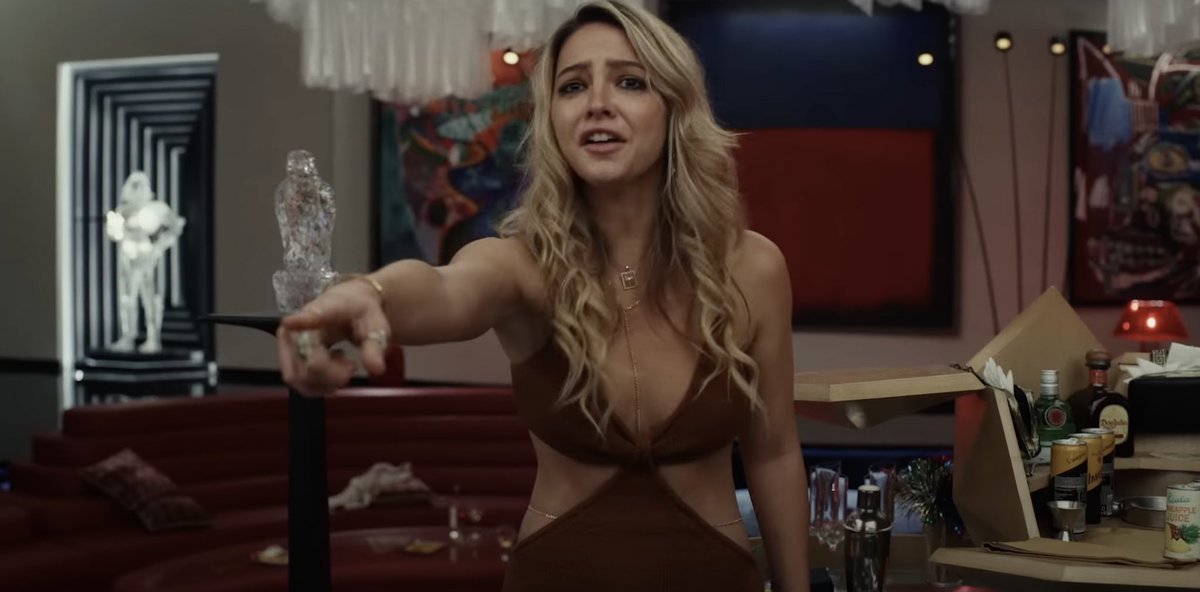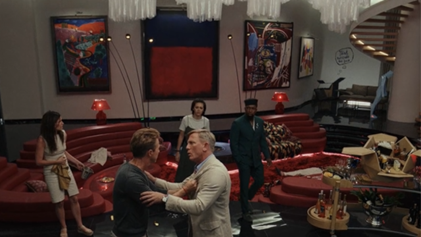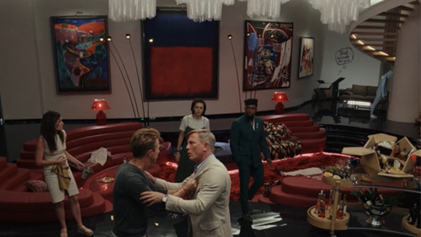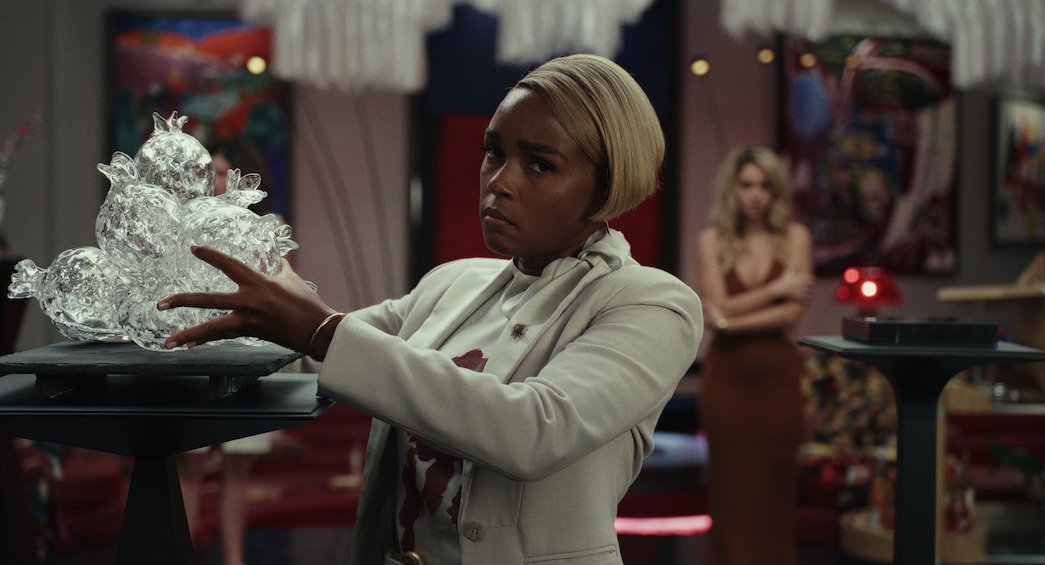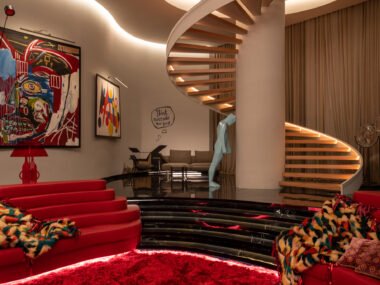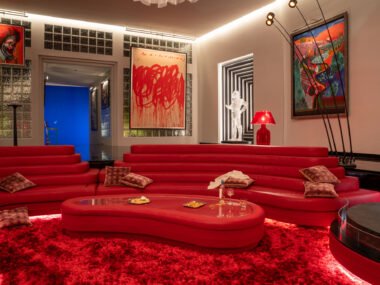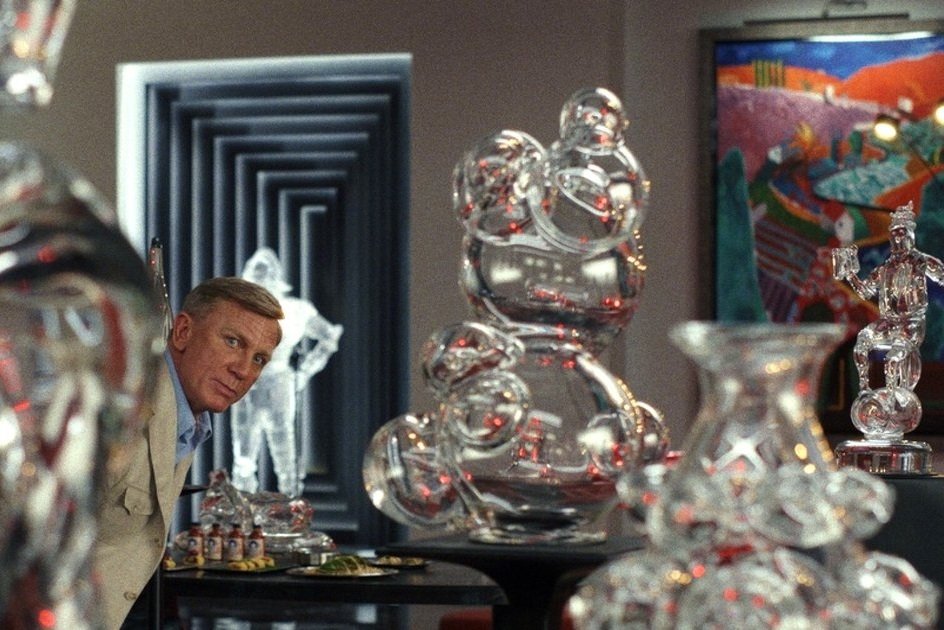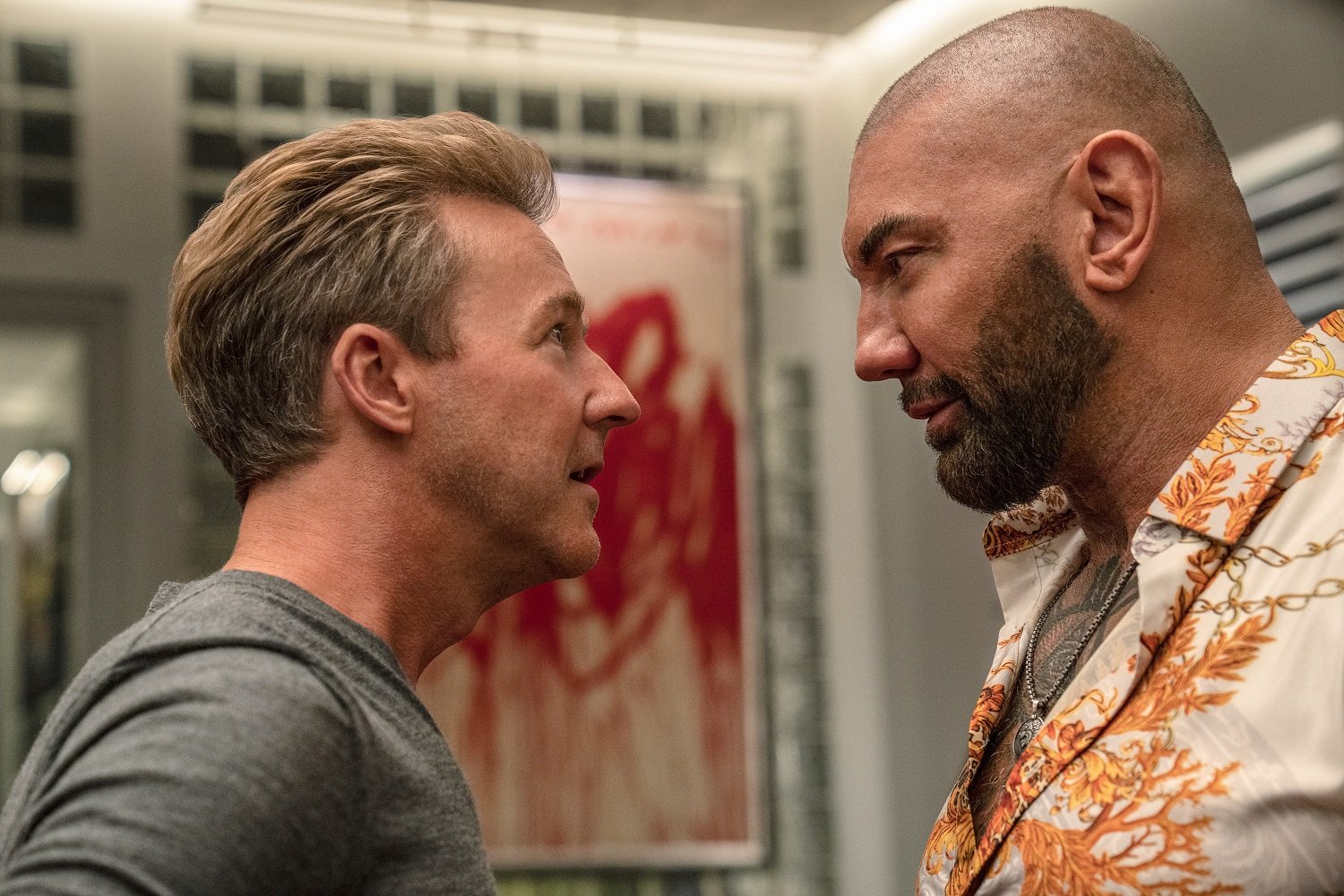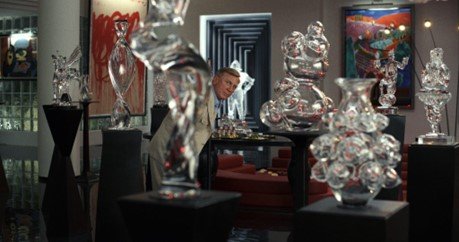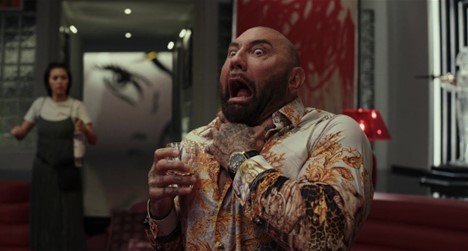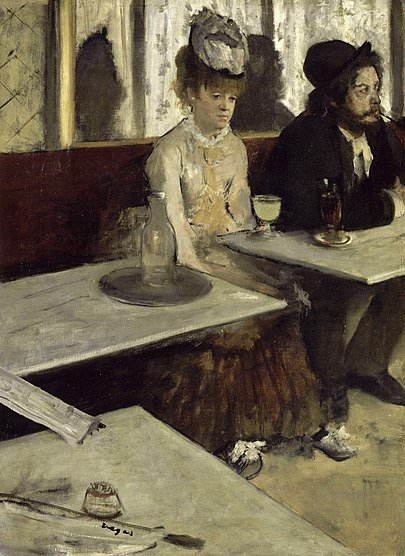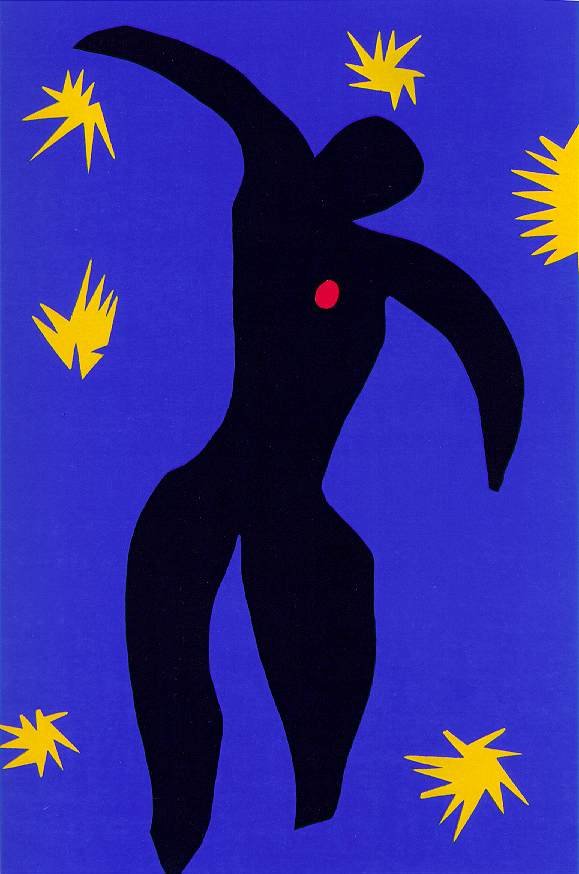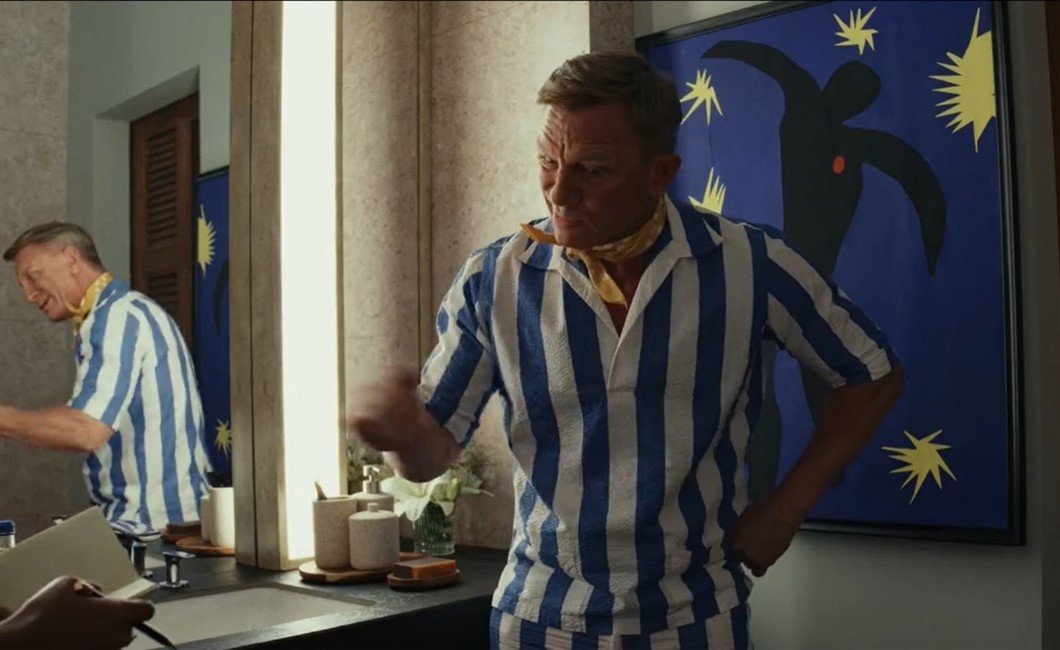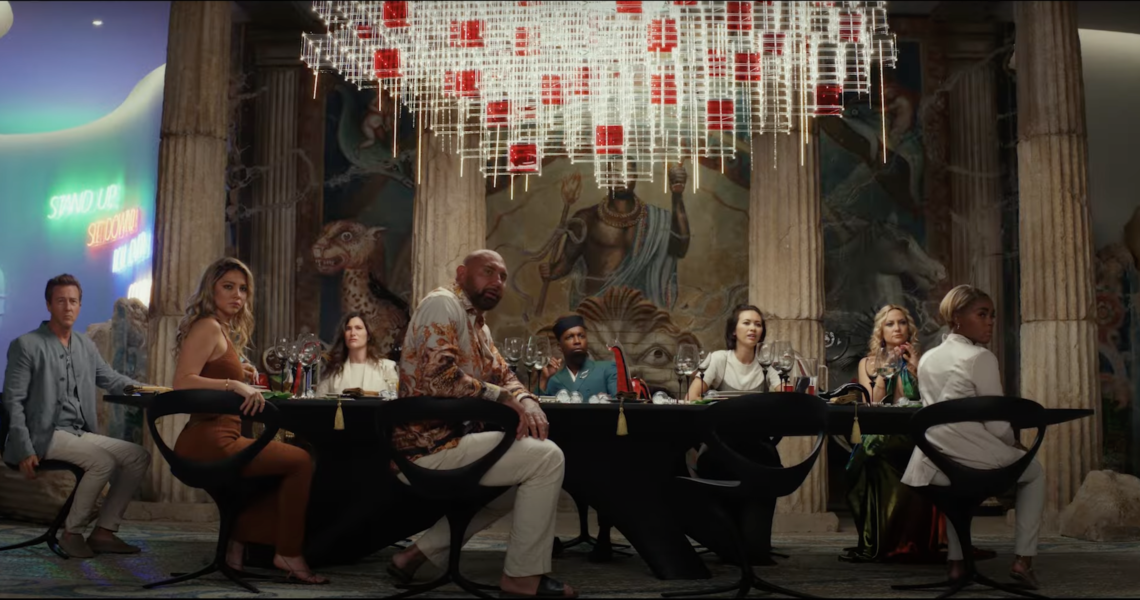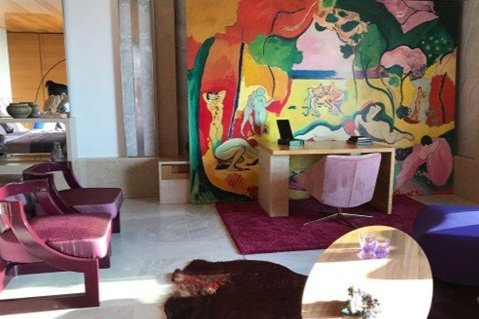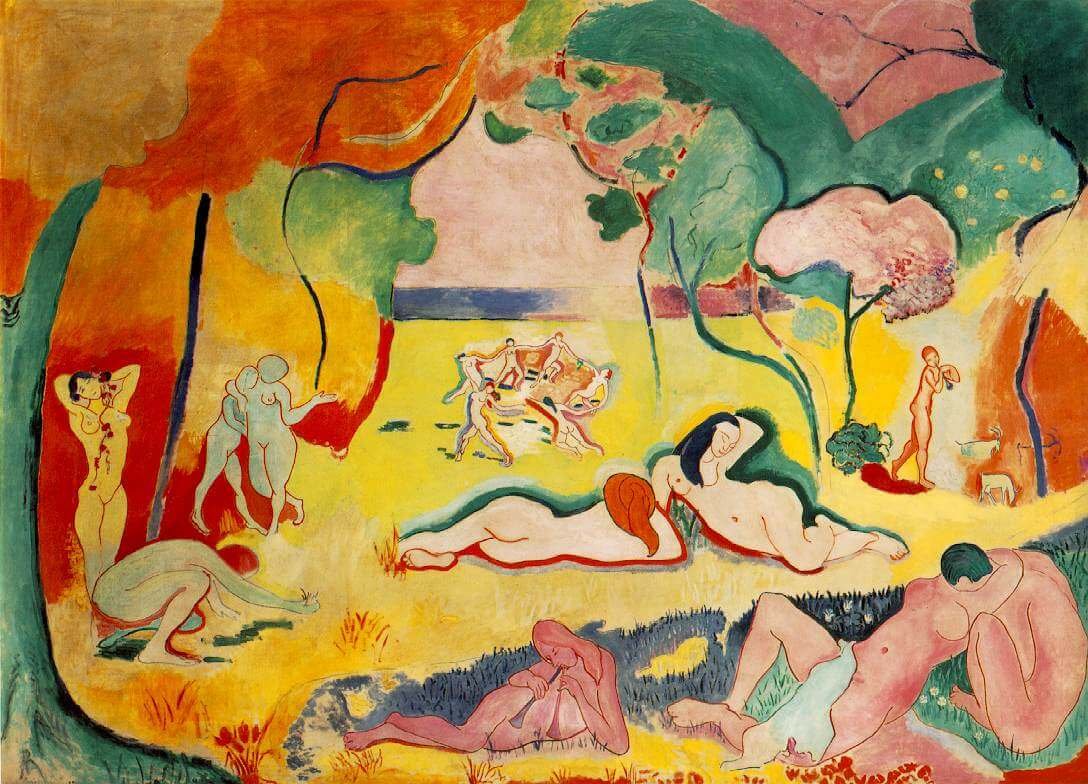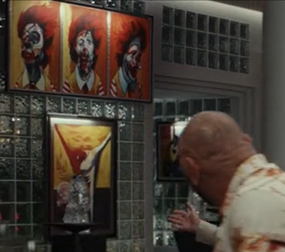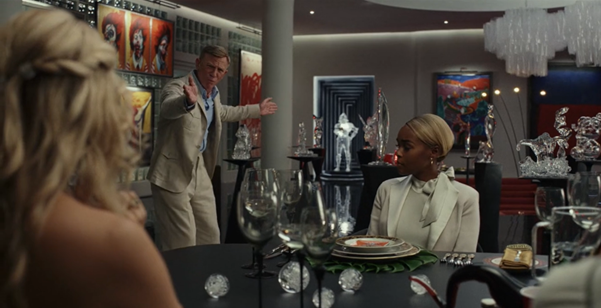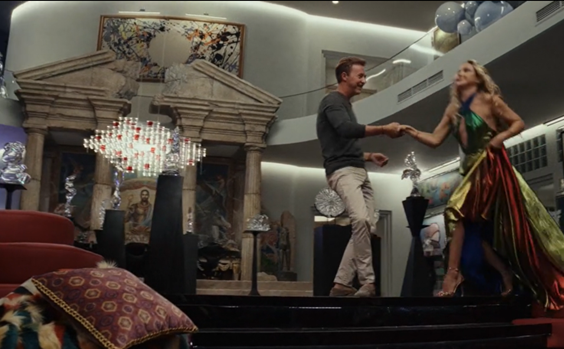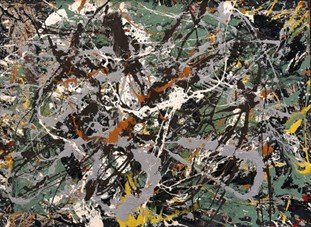10 Famous art pieces featured in the Glass Onion movie
In the movie "Glass Onion," billionaire Miles Bron's mansion is adorned with renowned pieces of art from the 19th and 20th centuries. From Rothko's iconic Color Field paintings to the vibrant works of the Fauvists, this article will give a brief overview of the famous art featured in the movie.
Source: “Glass Onion” movie screenshots, courtesy of Netflix
Number 207
In the most visible place - in the center of the main hall – we could see Mark Rothko's "Number 207 - Red over Dark Blue on Dark Gray". Interesting detail is that it purposely hanging upside down, and by this move the movie probably hints at Miles' artificial love for art. This painting epitomizes Rothko's work as a Color Field painter, emphasizing large areas of color applied in thin, flat layers. After working as a public-school teacher and mural painter, Rothko transitioned to a full-time artist later in life. Rothko’s works are highly sought after and have sold for prices reaching 80 million dollars.
In This Case
Jean-Michel Basquiat's "In This Case" painting was sold for a staggering 93 million dollars in 2021. Basquiat, a close friend of Andy Warhol, is considered one of the most influential artists of the 20th century. The artist died at a young age of 27, leaving behind not so many works, which made his paintings even more valuable and desirable for collectors.
Nichols Canyon
On the other side of the room is David Hockney's "Nichols Canyon", which was sold pretty recently, in 2021, for $41,067,500. Hockney is best known for his portraits, landscapes, and LA swimming pools and is considered one of the most expensive living artists, due to the sale of "Pool with Two Figures" for 90 million dollars.
Untitled
Cy Twomly's "Untitled" is a famous and expensive piece sold for over 15 million dollars in 2016. Twomly's style is characterized by large-scale calligraphic and abstract paintings, influenced by classical art.
Icarus and Absenthe
In a short scene in the second part of the movie we can see Henry Matisse's "Icarus" and Edgar Degas's "Absenthe", which are placed together in a bathroom, indicating Miles' lack of genuine appreciation for art. The fact the art pieces are placed in front of each other is probably not a simple coincidence since Degas and his contemporaries are considered the pioneers of modern art and thus had a significant impact on Matisse's style.
Chandelier
The stunning chandelier in the film captured the hearts of many viewers, and I was convinced it exists in real world. But actually, it was designed by the movie set team and created in Europe. I believe the designers team was strongly influenced by Piet Mondrian's Color Block paintings.
The Joy of Life
Henri Matisse's "The Joy of Life" is displayed in one of the guest rooms and presents a great example of his "Fauvist" or “Wild” style. Matisse's use of bright colors and simple forms have made his works highly sought after.
Three Studies of George Dyer
The film also features a reference to Francis Bacon's "Three Studies of George Dyer". This series of portraits was created as Bacon attempted to come to terms with the loss of his lover and muse, George Dyer, a small-time criminal who ended his life.
Green Silver
Adorning the top of the main hall is a painting resembling Jackson Pollock's "Green Silver," but with an empty hole in the middle. Pollock was an American painter best known for his innovative drip painting technique with spontaneous and intuitive manner. His works are highly sought after and most expensive of them (Number 17a) was sold for approximately $200 million.
Neoplasticism
Also featured in the film is another painting of abstract art pioneer Piet Mondrian, whose works as part of "Neoplasticism" picture colorful blocks and nowadays can cost up to 50 million dollars. (e.g. "Composition No. III, with Red, Yellow, Blue, Black, and Gray").




